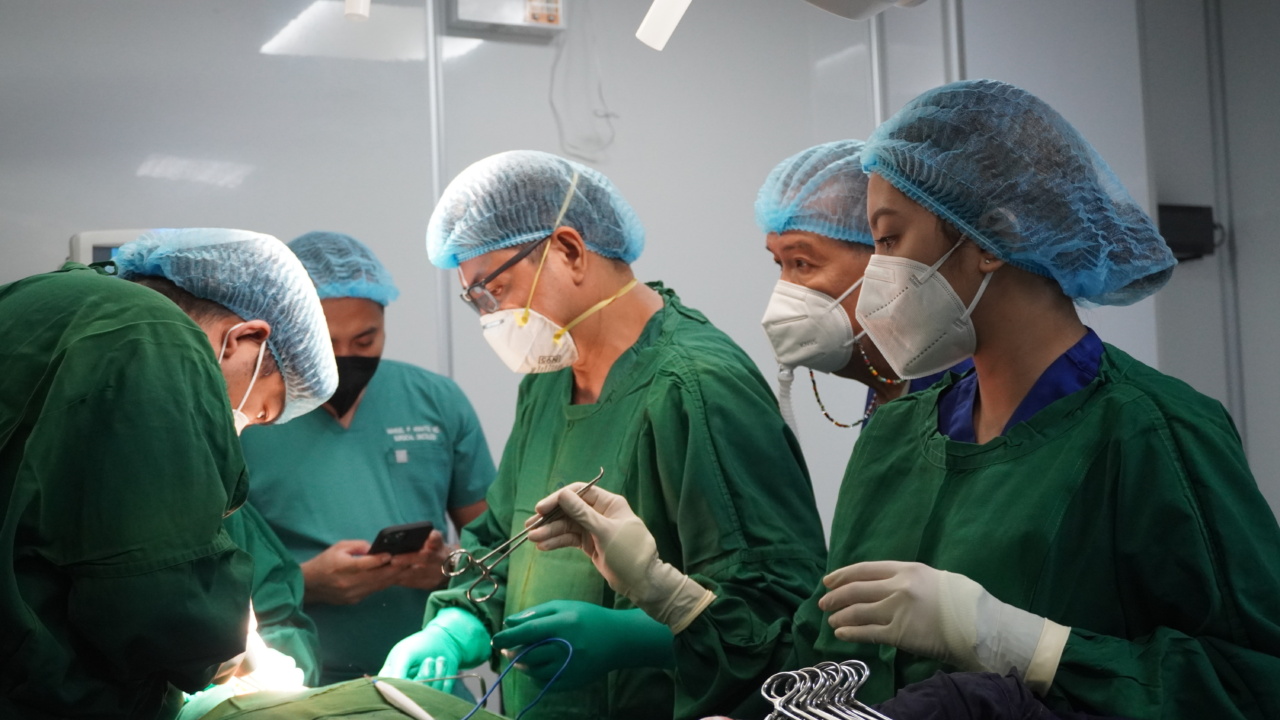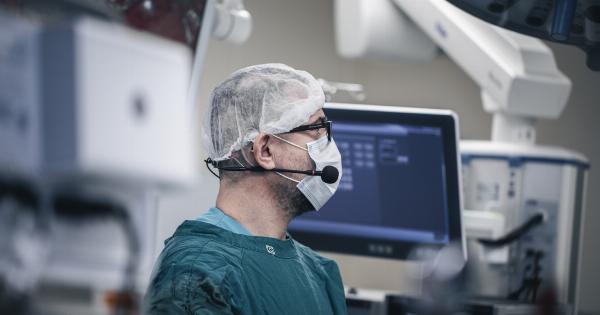Hernias are a common medical condition that affects millions of people worldwide. Traditionally, surgery has been the primary treatment option for hernias.
However, advancements in medical technology and surgical techniques have led to the development of new approaches to hernia surgery. These new approaches aim to improve patient outcomes, reduce recovery time, and minimize the risk of complications.
1. Laparoscopic Hernia Repair
Laparoscopic hernia repair is a minimally invasive surgical technique that uses small incisions and specialized tools.
Unlike traditional open surgery, which requires a larger incision, laparoscopic surgery involves the use of a tiny camera and instruments inserted through these small incisions. The camera provides a clear view of the hernia site, allowing the surgeon to repair the hernia using mesh.
This technique offers several advantages over traditional surgery, including reduced postoperative pain, shorter hospital stays, and faster recovery.
2. Robotic-Assisted Hernia Surgery
Robotic-assisted hernia surgery is another innovative approach that utilizes a robotic system to assist the surgeon during the procedure.
The surgeon controls robotic arms equipped with surgical instruments, which provide enhanced precision and maneuverability. The robotic system also offers a three-dimensional view of the surgical site, allowing for more accurate and controlled movements. This technology has the potential to improve surgical outcomes and reduce the risk of complications in hernia repair.
3. Tension-Free Mesh Techniques
Tension-free mesh techniques have revolutionized hernia surgery by providing a more effective method of repair. These techniques involve placing a mesh material over the hernia defect, reinforcing the weakened tissue and reducing the risk of recurrence.
The mesh acts as a scaffold, promoting the growth of new tissue and allowing the natural healing process to occur. Tension-free mesh techniques have significantly improved the success rates of hernia repair and have become the standard approach for many surgeons.
4. Biological Mesh Implants
Biological mesh implants offer an alternative to synthetic mesh materials used in traditional hernia repair.
These implants are made from biological materials, such as animal or human tissue, which are designed to integrate with the patient’s own tissues. Biological mesh implants have several advantages, including reduced risk of infection, improved healing, and decreased risk of complications. However, they may be more expensive and have limited availability compared to synthetic mesh.
5. Preoperative Imaging
Advancements in imaging technology have allowed for better preoperative planning in hernia surgery.
Magnetic resonance imaging (MRI) and ultrasound can provide detailed images of the hernia site, allowing the surgeon to accurately assess the size, location, and characteristics of the hernia. This information is essential for determining the most appropriate surgical approach and optimizing surgical outcomes. Preoperative imaging techniques have greatly improved the precision and success rates of hernia repair.
6. Enhanced Recovery After Surgery (ERAS)
Enhanced Recovery After Surgery (ERAS) programs aim to optimize the patient’s recovery by implementing evidence-based protocols.
These programs involve a multidisciplinary approach that includes preoperative counseling, optimized anesthesia techniques, early mobilization, and appropriate pain management. By following the ERAS protocols, patients experience reduced pain, shorter hospital stays, and faster return to normal activities after hernia surgery. ERAS programs have been associated with improved patient satisfaction and outcomes.
7. Single-Incision Laparoscopic Surgery (SILS)
Single-Incision Laparoscopic Surgery (SILS) is a technique that allows the surgeon to perform a hernia repair through a single small incision. This approach offers several advantages, including improved cosmetic outcome and reduced postoperative pain.
SILS utilizes specialized instruments that can be inserted through a single access point, allowing the surgeon to visualize and repair the hernia. While SILS may not be suitable for all hernia cases, it represents a less invasive option for eligible patients.
8. Laparoscopic Hernia Mesh Fixation
In laparoscopic hernia repair, mesh fixation techniques have evolved to minimize postoperative pain and complications.
While traditional methods involved sutures or tacks to secure the mesh, newer techniques utilize absorbable tacks or glue for fixation. These methods eliminate the need for suture removal and reduce the risk of chronic pain associated with mesh fixation. Laparoscopic hernia mesh fixation techniques aim to optimize patient comfort and improve long-term outcomes.
9. Transabdominal Preperitoneal (TAPP) Repair
Transabdominal Preperitoneal (TAPP) repair is a laparoscopic technique for hernia repair that involves accessing the hernia site through a peritoneal incision.
This approach allows the surgeon to visualize and repair the hernia from the inside of the abdomen. TAPP repair offers advantages such as reduced postoperative pain and a lower risk of injury to surrounding tissues. It is particularly beneficial for complex hernias or recurrent hernias that require extensive repair.
10. Open Component Separation Technique
The open component separation technique is used for large or complex hernias that cannot be effectively repaired using traditional methods.
This approach involves separating and advancing the muscles and tissues surrounding the hernia site, allowing for tension-free closure. The open component separation technique has improved outcomes in challenging hernia cases and enables the surgeon to reconstruct the abdominal wall effectively.




























